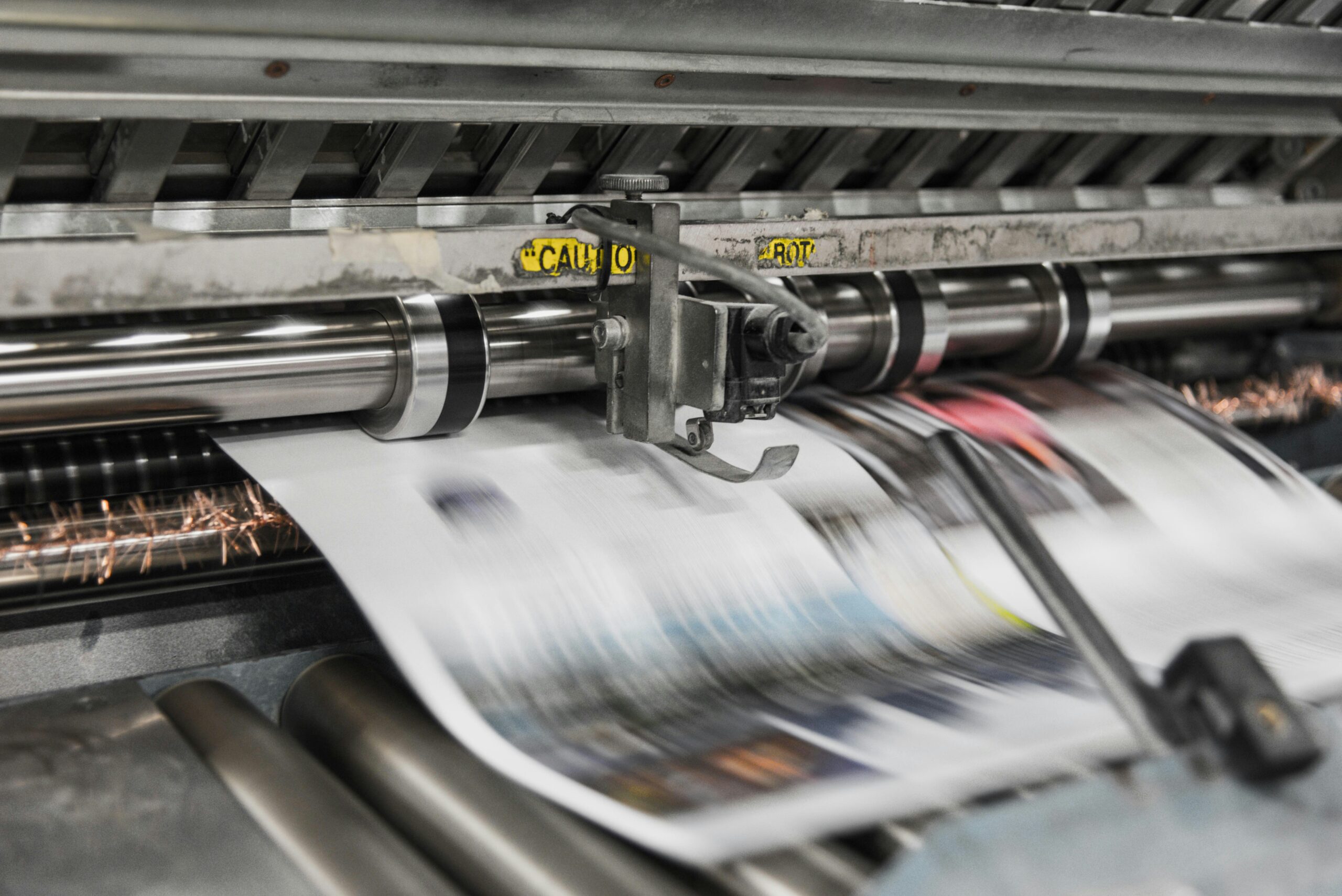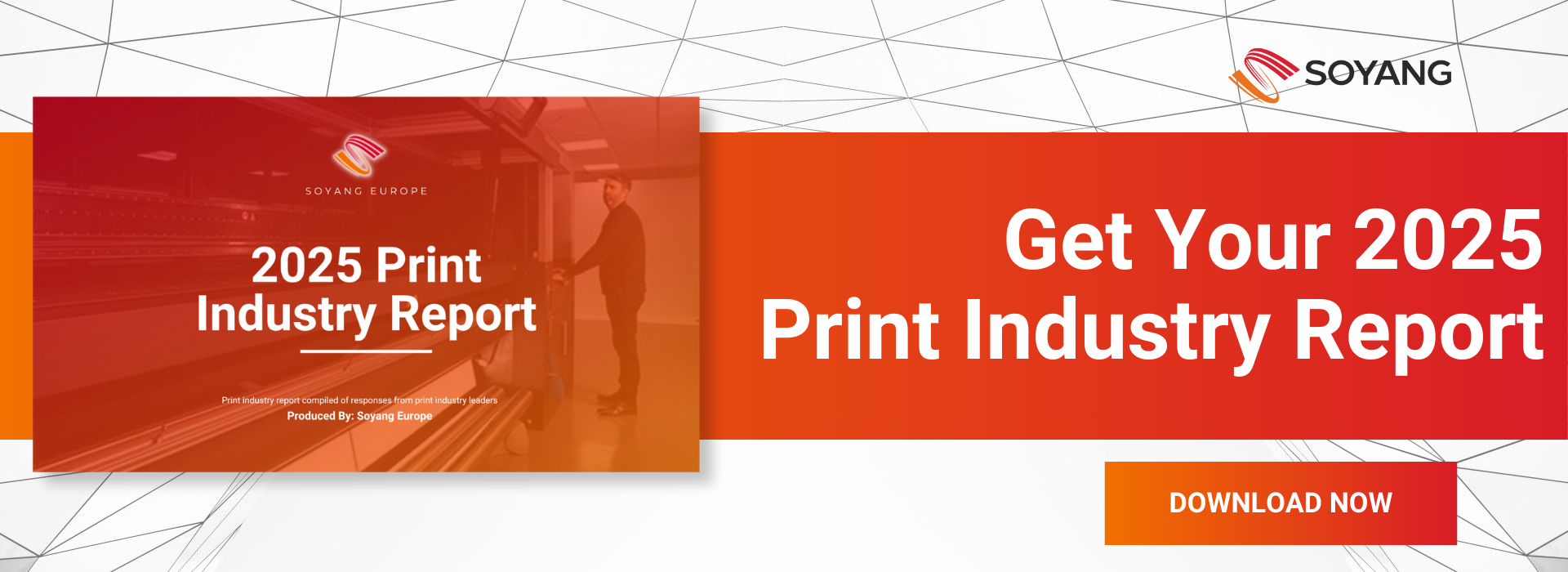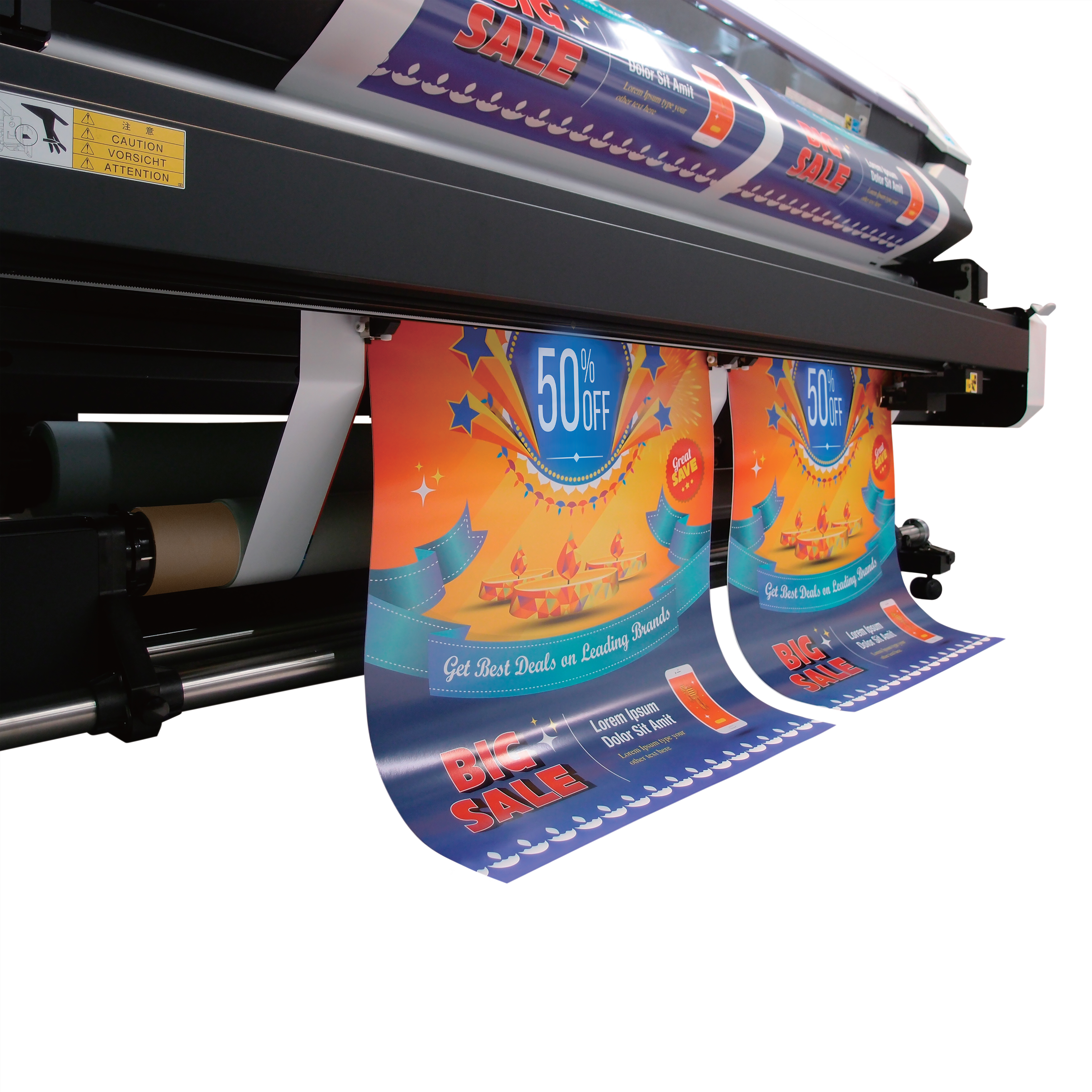How do you manage large format printing projects through your business in a way that builds customer loyalty and boosts efficiency? Here’s the Soyang take.
Here’s what this post isn’t: it’s not an exploration of the technical considerations of large format printing. So it’s not really about technology and software. And it’s definitely not about colours, inks, file sizes and substrate and finish choices.
In part, that’s because we’ve discussed such issues elsewhere in these blog pages. But it’s also because the chances are you already know lots about that.
Creating a piece of large format print probably isn’t your challenge. But managing and executing large-scale printing projects effectively? That just might be.
These ‘softer’ elements are every bit as important as the technical craft of print, because they’re the skills and processes that make a business profitable. And they’re the skills and processes that create customer loyalty.
1. Project Planning
Define your scope & objectives
What do your clients actually want? What outcome do they expect? In any print shop, there’s always a danger that you can be so busy getting ‘stuff’ done that you forget to address the basic questions of the materials to be printed, quantities, sizes, colours, and special finishes.
At best, that means you waste time in having to call the customer. At worst, there’s the risk that you assume you know, then waste a lot of time, materials and money when you present the finished large-format project to the customer only for them to say, “That’s not what I wanted!”
Step one, then, is to always write down the exact specifications and repeat that back to the customer addressing any points of ambiguity, so you both know what’s expected.
Estimate accurately
The more completely you address the point above, the better you’ll be able to estimate. And the better you can estimate, the less chance of having to a) make an awkward call to the customer telling them the print project will cost 50% more than expected or b) take the financial hit.
Set your deadline and milestones
It’s not just about asking that crucial question “When do you need this by?”. It’s then about understanding the milestones that need to happen on the way so that everything’s completed by the time you hit the deadline. For each phase of the project, use a Gantt chart or other project management tool to set key milestones like design approval, proofing, printing, finishing, and delivery.
2. Resource Management
Assess your people & materials
Let’s assume that your business has all the skills and experience it needs to deliver your large-scale print project (if it doesn’t, you’ll need to quickly identify the gaps in knowledge and arrange training to address them). We’ll also assume you have all the equipment you need (because large format printer projects are tricky without a large format printer).
Then it’s a question of ensuring you have all the papers/vinyls/meshes/polyester weaves you need to deliver your project, together with the appropriate inks, laminates etc.
If you don’t have the right inventory to handle the project, make sure it’s on order now.
3. Quality Control
Proof & approve
Every printer has a love/hate relationship with proofing. In our experience, where proofing results in a thousand client changes, it’s either because the printer didn’t ask the necessary questions to define project scope, or the client didn’t know or has changed their mind.
What’s certainly true is that the better you defined and documented the scope, the more chance there is that proofing and approval will be simpler, or the easier you’ll find it to justify additional charges should that scope change.
Monitor
Every printer has the importance of inspecting colour and finish consistency, print clarity and so on drilled into them at the earliest stages of professional life. Despite this, it remains easy for things to slip through in a busy environment. It’s even easier for issues spotted to go unaddressed because they weren’t documented (or documented ambiguously).
Ensure your print shop has a clear process for quality checks, and an equally clear process for addressing anything revealed by a check.
4. Client Communication
Keep your clients updated
When everything is going as planned, regular updates (in any format – automated responder, email, call or WhatsApp) ensure your clients feel looked after and kept in the loop. They’re an important way of building trust.
When things aren’t quite going to plan, regular updates are even more important, because they ensure clients are kept informed and have their expectations managed. Rather than relying on an SMS or email, give the client a call when there’s a problem, so nothing is lost in translation.
5. Post-Project Evaluation
Ask for feedback
Once the large-format printer project has been despatched and installed, remember to ask for feedback. It’s another important factor in building the client relationship and can help ensure that minor issues don’t get a chance to become big problems that encourage a customer to shop elsewhere.
Review & document
Regular internal reviews of your project management helps you keep on top of any issues with your team, the equipment or the processes. Always document any lessons learned and set some clear goals and deadlines for making any changes.
Talk to Soyang
Your print material supplier relationships are essential to the repeated handling of large-scale printing projects.
Your suppliers will be the people you rely on to get print materials to you fast. They’ll play a vital part in the quality of the finished product you offer. They’ll be able to advise you if your client wants you to use materials you’re not familiar with, or when you need to source more sustainable alternatives. And when things haven’t gone to plan, they’ll often be the ones to help you out of a hole.
Your suppliers play a big part in building and maintaining your business’ reputation, so choose the right supplier. Talk to Soyang.










